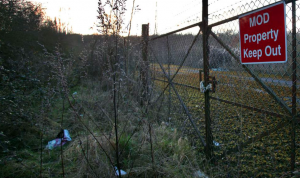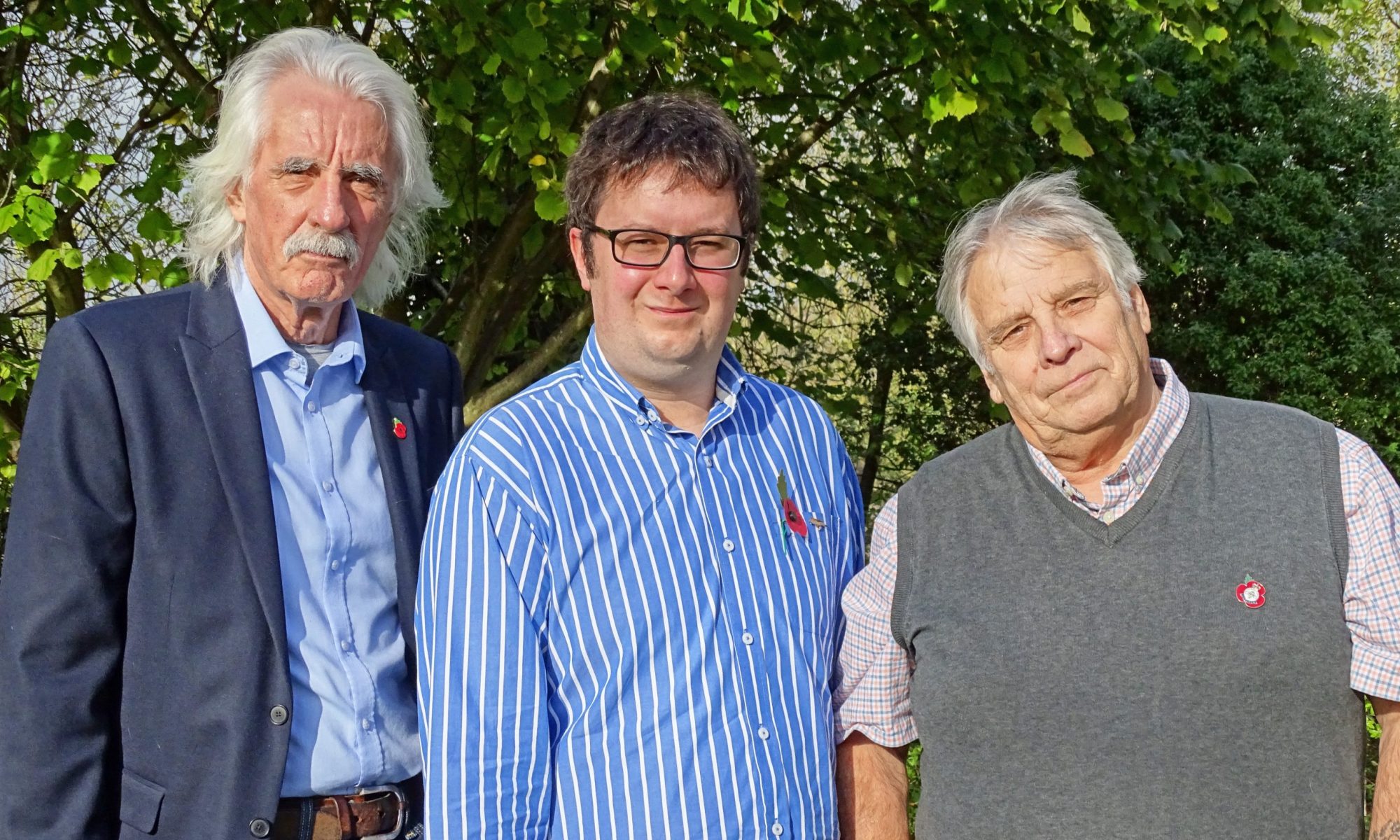
At one time Lodge Hill was just like every other “Brown Field” site in the country but the discovery of Nightingale has changed that forever.
- As a nation, we have decided that those places that have been proven to be of national importance for wildlife should be protected. They are called Sites of Special Scientific Interest (nationally) and Special Protection Areas (internationally), and the rules that govern what can be built where say that, in layperson’s terms, these sites should not be destroyed or damaged. That damage isn’t only by them being built on, but the damage could come from building next to them – what are called ‘indirect effects’
- The Hoo Peninsula is surrounded by protected wildlife sites – the Thames Estuary & Marshes, the Medway Estuary and Marshes, with Chattenden Woods and Lodge Hill in the middle.
- Lodge Hill was protected because it holds the largest population of Nightingales in the whole of the UK. Nightingales are one of our most threatened species, having declined by 90% in the last 50 years, and with less than 5,500 pairs left.
- The reason why Lodge Hill was such a big case nationally is in part because of the Nightingales but also because of the precedent it would set for protected sites everywhere
- Homes England, the government’s ‘housing accelerator’, has now accepted that it would not be right to build on Lodge Hill, which was a major step
- We are continuing to make the case that new housing shouldn’t be within 400m of Lodge Hill because of the indirect effects (lighting, noise, dogs, cats, people…etc etc – Nightingales can’t cope with all that)
If anyone was to say that they’d rather have Lodge Hill developed than Hoo St W, there is a very strong answer: If people start calling for protected sites to be built on, they risk getting the protected sites AND the non protected sites built on. They will have thrown away one of their key lines of defence.
